How to Write a Request for Speaker Letter Template
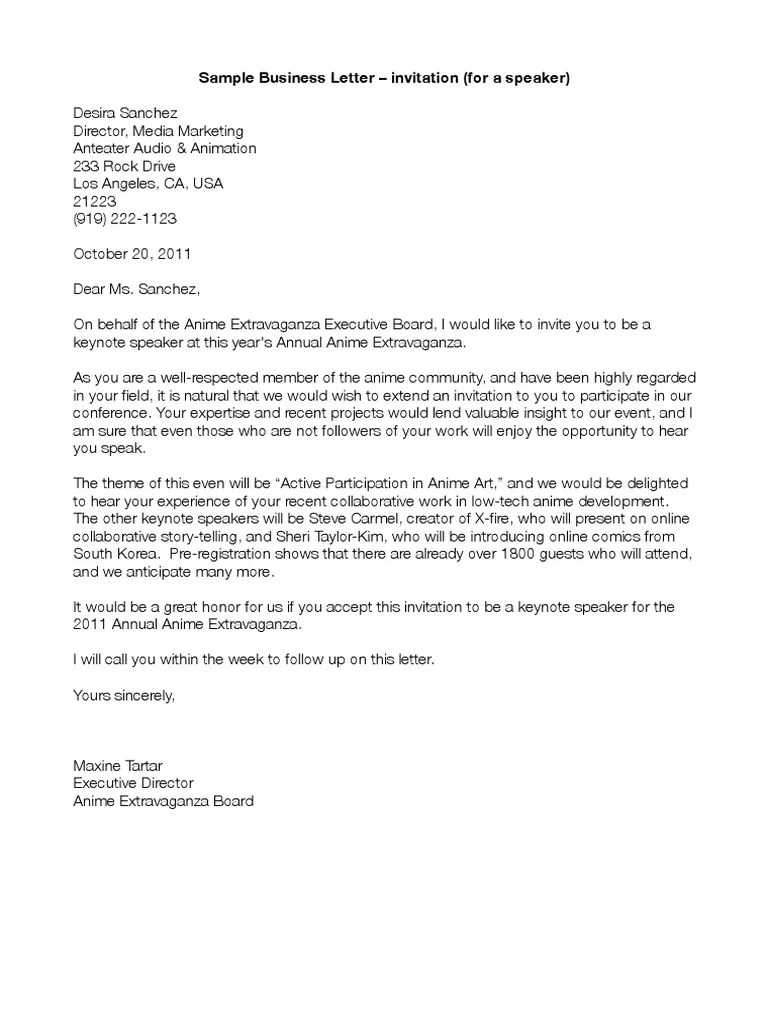
When planning an event, it’s crucial to communicate effectively with potential participants. One of the most important aspects of this is sending a well-written, professional invitation to individuals you’d like to join your gathering. The right message can help set the tone and ensure clarity, increasing the likelihood of a positive response.
Creating a compelling request requires careful attention to detail. You must balance formality with warmth, making sure to express both your respect for the recipient’s time and your excitement about their potential involvement. While each situation may require slight variations, a well-structured invitation will follow certain core principles.
Understanding the essential elements of such a communication, including appropriate phrasing and tone, is key to making a lasting impression. By following best practices, you’ll improve the chances of receiving the desired response and ensure your message is well-received.
Key Elements of a Speaker Request Letter
When reaching out to someone for an event, the communication must be clear and well-structured. It’s essential to present all relevant details in a way that is both professional and inviting. The right balance ensures the recipient understands the purpose of the message and feels appreciated for their potential contribution.
Begin with a polite introduction that briefly states who you are and the reason for your outreach. This sets the tone and provides context. Follow with a clear explanation of the event, including the date, location, and purpose. Make sure the individual understands the importance of their involvement and how their participation aligns with the event’s goals.
Next, provide specific information about what you are asking for, detailing expectations and any logistical aspects. Be sure to mention any compensation or benefits offered, as well as any additional support the individual might need. Conclude with a courteous closing, expressing gratitude and an invitation to discuss further details if needed.
How to Address a Speaker Professionally
When reaching out to an individual for an important event, addressing them correctly is crucial in setting a respectful and professional tone. The way you initiate the communication reflects your level of professionalism and the seriousness of your request. Proper etiquette ensures that the recipient feels valued and is more likely to respond positively.
Use the Right Salutation
Start with an appropriate salutation, such as “Dear [Name]” or “Hello [Title] [Last Name].” Always use their professional title if applicable (e.g., Dr., Professor, or Mr./Ms.). This shows respect for their position and sets a formal tone for the conversation.
Avoid Informal Language
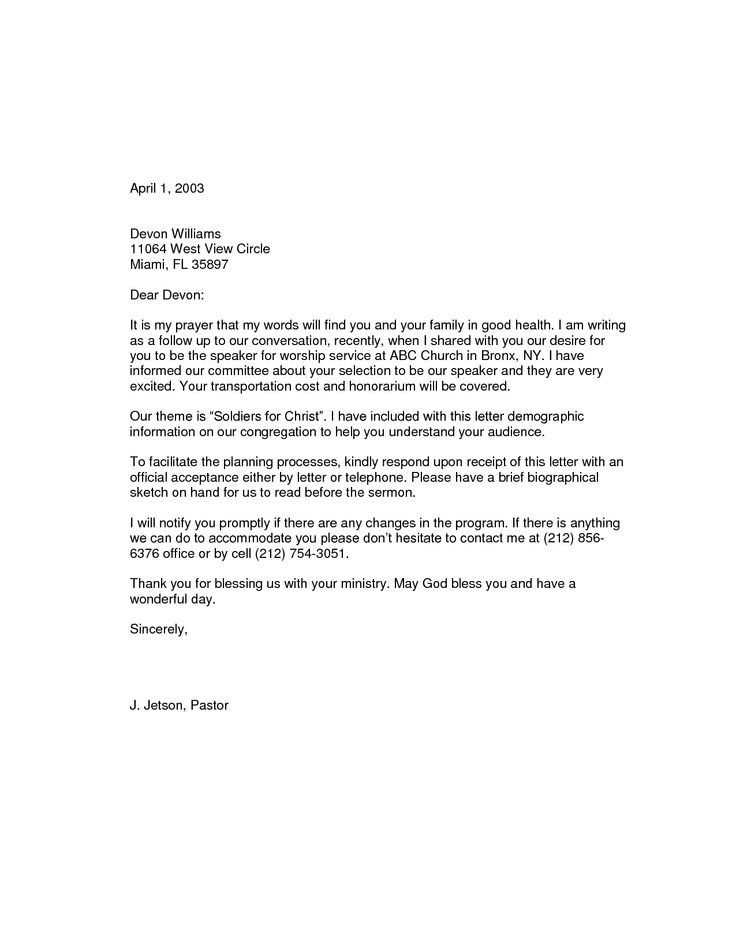
Ensure that the language you use throughout the message remains formal and courteous. Avoid slang or overly casual phrasing, even if you have met the individual before. A formal approach increases the likelihood of a serious and positive response. Politeness and clarity are essential in establishing credibility.
Crafting an Engaging Invitation
When inviting someone to participate in an event, it’s important to make the invitation both informative and enticing. A well-crafted message should capture attention, highlight the event’s value, and encourage a positive response. The goal is to present the opportunity in a way that aligns with the recipient’s interests or expertise, making them feel eager to contribute.
Start by emphasizing the event’s significance and how their participation would make a meaningful impact. Provide a clear picture of the event’s objectives and audience. Use engaging language to convey the excitement and potential benefits for the individual, such as networking opportunities, exposure, or personal growth. This approach will not only motivate but also demonstrate the thoughtfulness behind your invitation.
Understanding the Tone of Your Letter
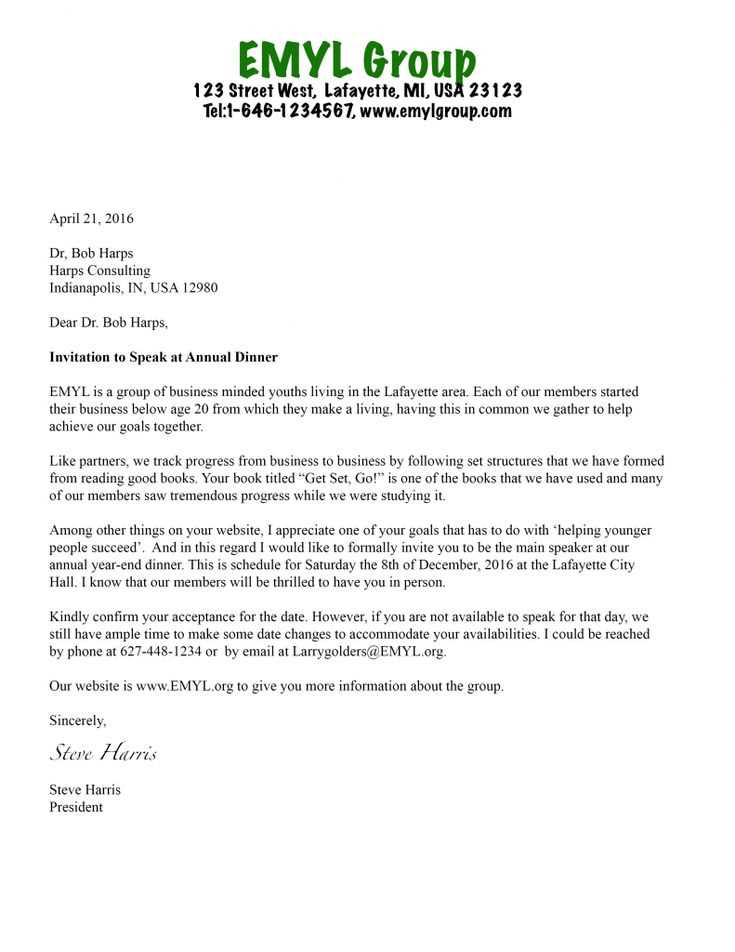
The tone of your communication plays a vital role in how your message is perceived. Whether the invitation is formal or friendly, it needs to align with both the purpose of the event and the recipient’s expectations. A carefully chosen tone can create a positive first impression, making the individual feel respected and valued while encouraging a favorable response.
Choose the Right Level of Formality
The tone should reflect the nature of the event and the person you’re addressing. Consider the following approaches:
- Formal – Use formal language if the event is professional or if the recipient holds an esteemed position.
- Respectful but Warm – A slight warmth can be added for more casual, yet still professional, settings.
- Friendly – When inviting a close colleague or someone with whom you have a more personal connection, a less formal tone might be appropriate.
Strike a Balance Between Professionalism and Warmth
While it’s important to maintain professionalism, incorporating a tone of respect and enthusiasm will make your invitation stand out. Keep it concise, but show appreciation for the individual’s potential involvement. A friendly, confident tone can enhance your chances of receiving a positive reply while ensuring that the message remains clear and respectful.
Essential Information to Include in Your Letter
When crafting a formal communication for an event, providing the right details is crucial for clarity and understanding. Including the necessary information ensures that the recipient fully grasps the purpose of your request and can make an informed decision. By covering key points, you eliminate any ambiguity and set the stage for a smooth exchange.
Key Details to Mention
Be sure to address the following essential elements in your communication:
| Detail | Description |
|---|---|
| Event Date and Time | Clearly state when the event will take place, allowing the recipient to check availability. |
| Event Location | Provide the venue’s address and any relevant details regarding the event’s setting. |
| Role Expectations | Explain what the individual is expected to do, whether it’s a speech, panel discussion, or another contribution. |
| Compensation and Benefits | Inform the recipient about any honorarium, travel expenses, or perks offered as part of their participation. |
| Contact Information | Ensure your contact details are included in case they need to reach out for clarification or further discussion. |
Clarify the Purpose and Impact
Along with the logistical details, it’s important to convey why the recipient’s involvement matters. Describe the purpose of the event and how their participation will contribute to its success. This not only helps with decision-making but also makes the invitation feel more personal and meaningful.
Common Mistakes to Avoid When Writing
When crafting a formal request for participation in an event, it’s easy to make mistakes that could impact the recipient’s perception of your professionalism or cause confusion. By being aware of common errors, you can ensure your message is both effective and well-received. A clear and thoughtful approach increases your chances of success and establishes a positive first impression.
Using a Generic or Vague Tone
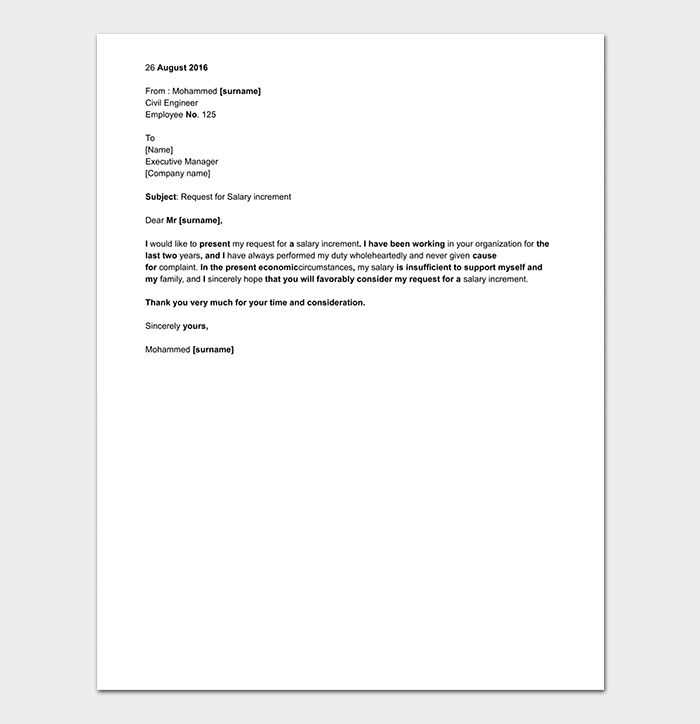
One of the most frequent mistakes is failing to personalize your message. A generic or overly formal tone can make the invitation feel impersonal and detached. Instead, tailor your communication to the individual’s background and expertise. Show that you have considered their potential role in the event and make your message feel specific to them.
Neglecting Key Information
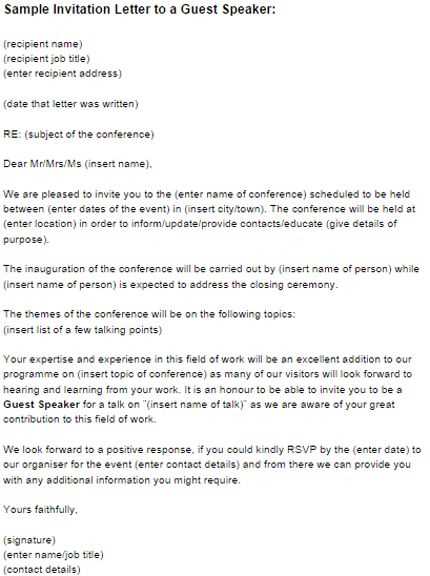
Omitting important details such as the event date, location, or the recipient’s expected contribution is another common mistake. Without this information, the recipient may feel confused or reluctant to respond. Be sure to clearly present all essential facts, making it easy for the individual to understand the purpose of the event and their potential involvement.